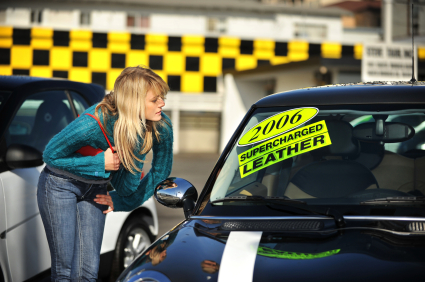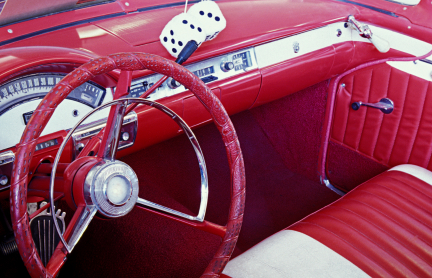Non-Owned Auto Insurance
What non-owned auto insurance is, who qualifies for it, and why it may be a good idea for some drivers to get it.
What if we were to tell you it might be to your advantage to get auto insurance even if you don’t own a car? Now stay with us here, there’s a method to our madness in suggesting this. There are instances where buying auto insurance before owning a car is actually a good idea.
Many insurance companies fill this need with an auto insurance product called non-owned auto insurance. As the name implies, non-owned auto insurance is auto insurance for people who don’t own a car. It may sound contradictory, but it really isn’t.
What Exactly is Non-Owned Auto Insurance?
Non-owned auto insurance is a liability only auto insurance policy necessarily tied to a driver rather than a vehicle. Because there is no vehicle, there is no full coverage option. Also, only people who don’t own a vehicle are eligible to have non-owned auto insurance. If auto insurance company underwriters find any vehicle titled to you – even if it’s junked and on cinder blocks – your non-owned auto insurance application will likely be turned down flat.
You’ll have to insure that vehicle instead.
Since a non-owned policy follows you, it supersedes any liability coverage that would otherwise apply to the vehicle you may be driving, if any. In other words, if you drive your friend’s car, you don’t have to worry about whether your friend’s liability auto insurance coverage covers you. You have your own. Generally speaking non-owned coverage doesn’t apply to commercial auto insurance situations; that’s a whole other ball of wax entirely.
State liability limit requirements for non-owned auto insurance policies are exactly the same as they are for any other type of personal car insurance. Just because you don’t own a car doesn’t make you exempt from your state’s laws.
Sorry about that.
Good Uses For Non-Owned Auto Insurance
Giving friends and family peace of mind is all fine and good when borrowing their car. But why spend money on auto insurance when you don’t have a car, especially when many auto insurance policies cover third party drivers anyway?
Good question.
For some, that’s reason enough to stay away from non-owned auto insurance. High school and college age drivers who are still on their parent’s policy don’t need non-owned insurance either, even if they don’t have a car to call their own. However, if you’re thinking about buying a car soon and in need of establishing auto insurance history, non-owned auto insurance may be something to consider.
Most standard insurance companies require at least six continuous months of prior insurance history before they will write a policy on you, even if your prior driving history is immaculate. Until then, you have to carry a policy in a high risk or non-standard company. That means higher premiums.
However, since a non-owned policy is necessarily less expensive than a comparable traditional auto insurance policy (reason: there’s no car), it can be a cost-effective way to get the clock started on your auto insurance history sooner rather than later. It counts towards it.
Another reason to consider non-owned auto insurance is for situations such as job applications which require proof of auto insurance. It’s a quick, easy and relatively inexpensive way to fulfill that requirement without visiting a used car lot first.





